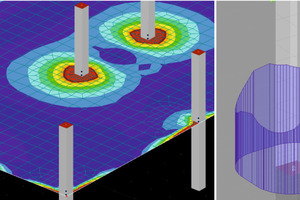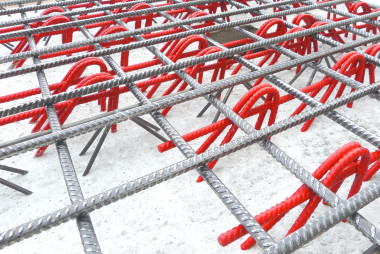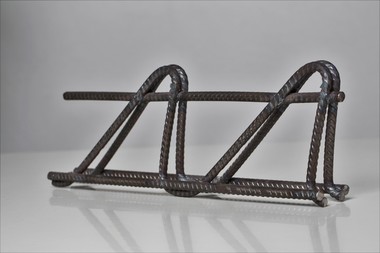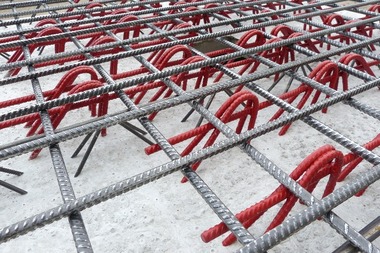Recommendations for the consideration of load
eccentricities in punching shear design
Punching shear verification is often the most relevant verification in the design of flat slabs due to the bending and shear stresses occurring above the concentrated supports. In addition, non-uniform loads often occur in the slab-column connection, for instance as a result of irregular column spacing or loading. Such non‑uniform loads lead to restraining moments in the columns, which are introduced by bending and shear stresses. This results in an uneven shear stress distribution in the control section around the column, which is considered in a simplified way by a factor β for increasing the acting shear force in most design approaches. Structural designers are often faced with the question of how to consider non-uniform shear stress distributions in punching shear in the most useful and efficient manner.
Thus, the influence of the modeling of the slab-column connection on the determination of factor β was investigated for different approaches based on the worked example of an irregular flat slab system. Apart from the approach of the fully plastic shear stress distribution according to Eurocode 2, the sector model was determined both manually and by means of FE simulations based on the shear stress distribution in the control section. Starting from this, modeling and design recommendations are given for the pragmatic and – as far as possible – realistic determination of factor β for considering unbalanced moments.









